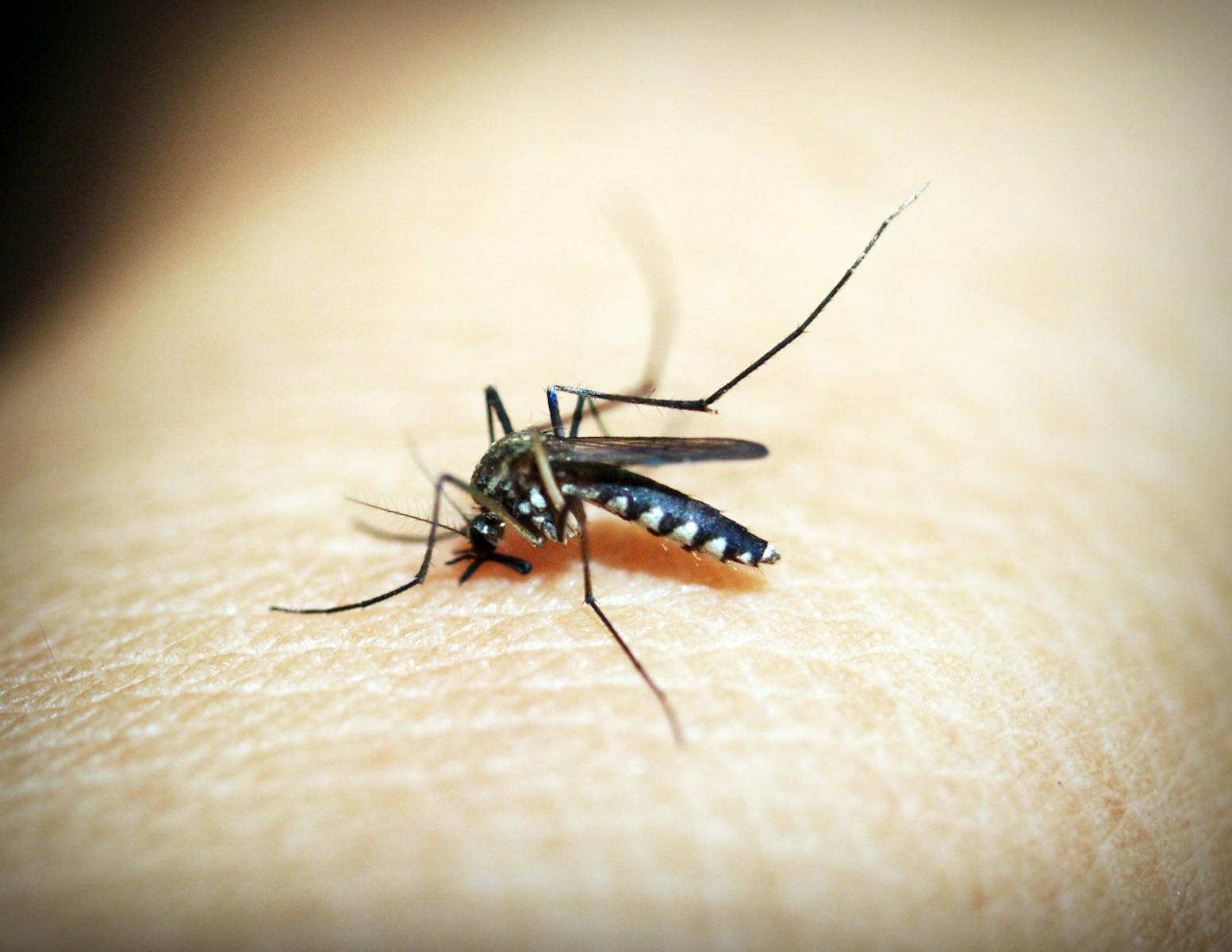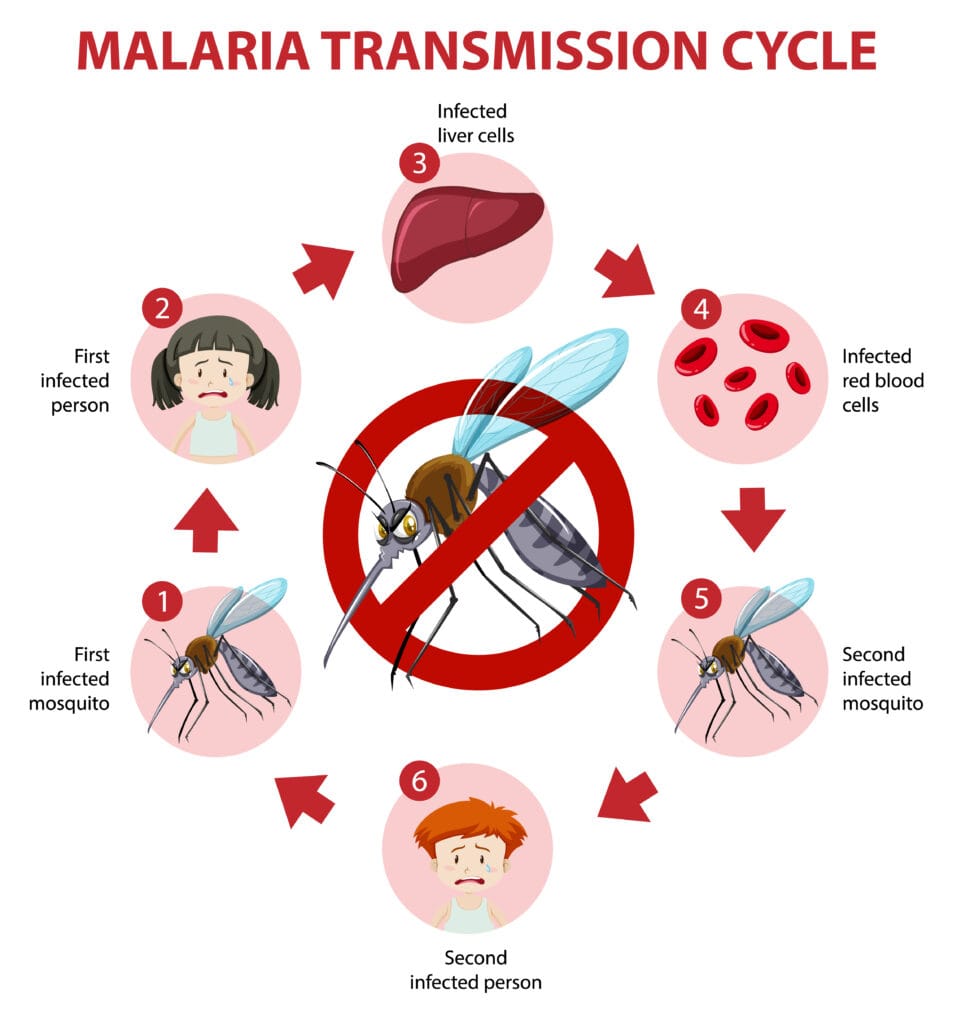
Get to Know Malaria Better: Causes, Symptoms, and Types of Drugs Used

- Early Stages of Malaria Infection
- Malaria Treatment Strategy
- Classification of Antimalarial Drugs Based on Target Stages
Malaria is a disease caused by four species of protozoa in the genus Plasmodium: Plasmodium falciparum, Plasmodium vivax, Plasmodium ovale, and Plasmodium malariae. This disease is transmitted through the bite of a female Anopheles mosquito, which carries the parasite in the form of sporozoites. After the mosquito bites a human, the sporozoites enter the bloodstream and migrate to the liver, where they multiply and form tissue schizonts.
Early Stages of Malaria Infection

This is the early stage of the parasite's life cycle before it attacks red blood cells. This phase lasts from 5 to 15 days, depending on the Plasmodium species infecting the individual . At the end of the liver phase, tissue schizonts rupture and release merozoites into the bloodstream. These merozoites then invade red blood cells and initiate the erythrocytic cycle.
During this cycle, merozoites undergo several stages of asexual development, starting as young forms (trophozoites) and maturing into fully developed schizonts. When mature schizonts within red blood cells rupture, they release new merozoites, which subsequently invade other red blood cells. The erythrocytic cycle is the primary cause of the clinical symptoms of malaria, such as fever, chills, and anemia, with the fever patterns varying depending on the infecting Plasmodium species.
Once the erythrocytic cycle begins, Plasmodium falciparum and Plasmodium malariae no longer remain in the liver. However, in Plasmodium vivax and Plasmodium ovale, some parasites persist in the liver as dormant forms known as hypnozoites. These hypnozoites can reactivate after a certain period, causing malaria relapses. The presence of hypnozoites in the liver is referred to as the latent phase.
Malaria Treatment Strategy
Malaria treatment is classified based on the stages of the parasite’s life cycle that are targeted. Currently, there is no antimalarial drug effective in killing the sporozoite stage, so treatment focuses only on the stages of the life cycle that cause symptoms (symptomatic malaria) and cannot prevent initial infection. Additionally, there is no single antimalarial drug that can eliminate the parasite at all stages of its life cycle. Therefore, effective malaria treatment generally requires a combination of several drugs.
Read more:
Choosing a Drug to Prevent Malaria
Classification of Antimalaria Drugs Based on Target Stages
Antimalaria drugs are grouped into three classes based on their effectiveness against the stages of the parasite’s life cycle. Class 1 includes drugs that are effective against the asexual erythrocytic cycle but do not target the early or latent liver stages, nor the gametocyte forms of Plasmodium falciparum. Class 2 consists of drugs that are effective against the asexual erythrocytic cycle and the early liver stages, but cannot address the latent liver stages or parasitic gametocytes.
Class 3, on the other hand, includes drugs that can kill parasites at both the early and latent liver stages, as well as the gametocyte stages in the erythrocytic cycle, but are not effective against the asexual erythrocytic stage, meaning they cannot alleviate clinical symptoms of malaria. Class 3 drugs are commonly used to eradicate hypnozoites of Plasmodium vivax and Plasmodium ovale to prevent relapse. Examples of drugs in Class 1 include chloroquine, mefloquine, quinine, quinidine, pyrimethamine, sulfadoxine, and tetracycline.
Drugs in Class 2 include atovaquone and proguanil, while Class 3 is represented by primaquine. A clear understanding of these drug classifications is crucial for effective malaria treatment, as targeting the correct stage of the parasite’s life cycle can enhance treatment efficacy. Moreover, treatments should adhere to the guidelines in place in each country to achieve optimal results.
The topic of malaria shows how important a deep understanding is in dealing with infectious diseases. However, malaria is just one of many health and research issues that we need to pay attention to together. We will continue to present information about the world of health, scientific research, and laboratory testing from various angles that you may have never thought of before. Don't miss the next update only here!
Author: Delfi
Editor: Sabilla
Reference:
Brunton, L., Parker, K., Blumenthal, D., & Buxton, I. (2008). Goodman & Gilman’s: Manual of Pharmacology and Therapeutics. In Pharmacology & Therapeutics (Vol. 95).



